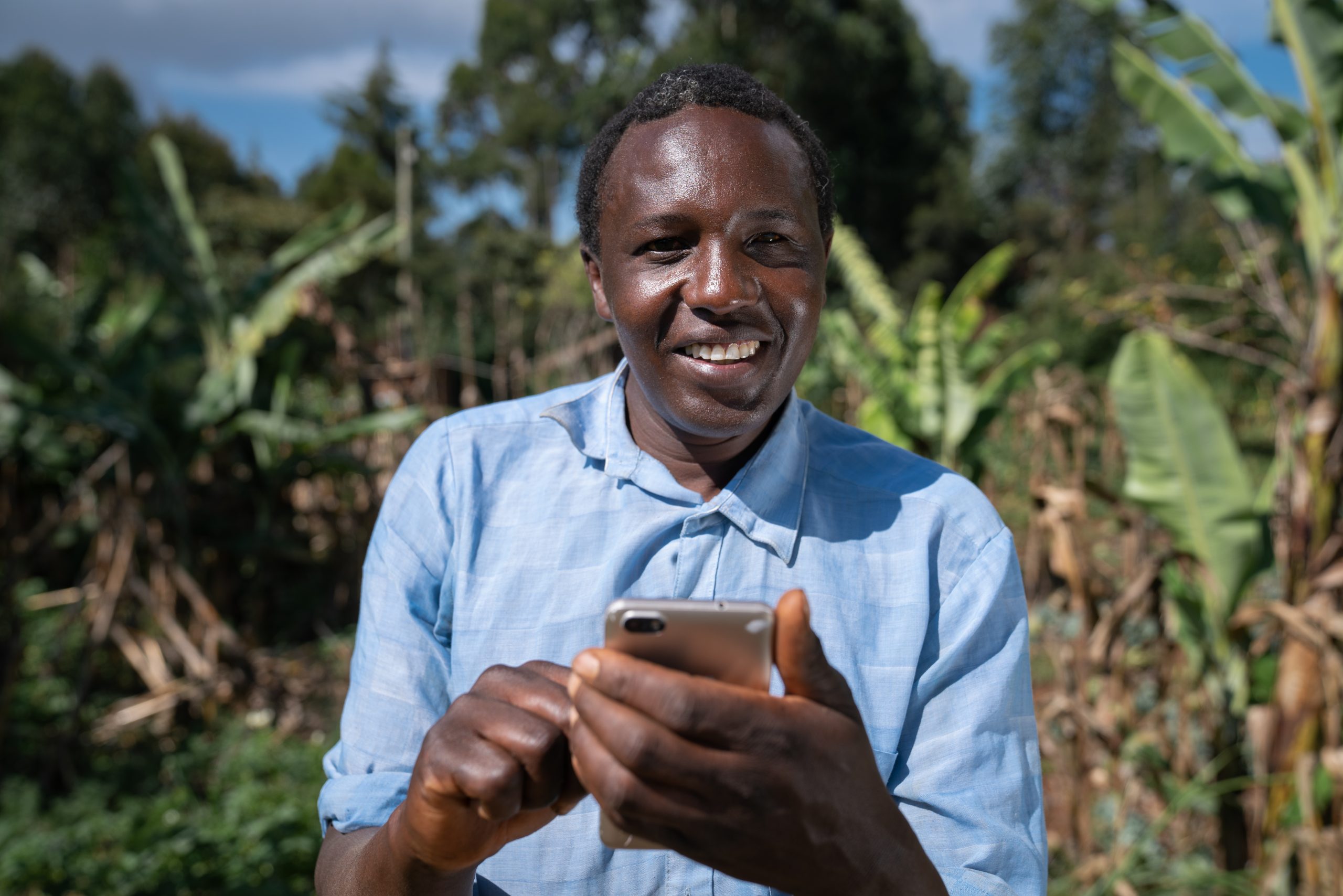Mercy Corps AgriFin with Busara Center and LocateIT Limited developed a graphical representation of the Evidence Gap Map, dubbed Mapographics collating impact studies and evaluations based on key interventions and outcomes with regards to digital products and services.
INTRODUCTION
Mercy Corps AgriFin is now in its 6th-year implementation, providing technical assistance to innovative players to enhance access and use of digital services to smallholder farmers. Learning throughout its innovative program is one of the key objectives of AgriFin, and there is a recognized need to develop a base of evidence across its interventions and outcomes to support its learning agenda, internal M&E coordination, programmatic focus, and external proposals.
The Evidence Gap Map (EGM) provides an overview of impact assessments and studies in the agri-fin-tech space based on key interventions and outcomes with a focus on Africa and Asia. The EGM is an excel database that allows the user to draw insights into the quantity and quality of existing research. The EGM is structured to show interventions on the Y-axis, and outcomes on the X-axis. These interventions include digital financial services, digitally-enabled capacity building, learning, design and delivery of services (last mile/logistics), precision agriculture and climate-smart agriculture. The outcomes measure the impact interventions have on smallholder farmers. Some of these include adoption of digital financial services, empowered decision making, engaging in healthy borrowing, adoption of good farming practices and resilience to shocks. To complement the EGM, making it more visual, the Mapographic was added as an additional resource.
Source: Evidence Gap Map
HOW TO USE THE MAPOGRAPHIC
A MapoGraphic is a compendium of maps with summarized factsheets on key interventions against outcomes for Africa and Asia. Specifically, it includes a map, a description, statistics and fun-fact (fun-statistic). The framework for the mapping looks at six key interventions and their impact on smallholder farmers as outlined on the EGM.
Source: Mapographics
TARGET AUDIENCE
Each EGM adopts a framework designed to systematically capture different interventions and outcomes associated with an intervention. This edition, updated until the end of April 2021, is intended for decision-makers and practitioners in the digital agriculture space seeking existing evidence to inform their programming and project management. For funders and researchers, these maps and infographics depict where more investments are needed or where they can avoid duplicating existing research.
For more information and to access the Evidence Gap Map, contact
Collins Marita: Cmarita@mercycorps.org and Lydia Wafula Lwafula@mercycorps.org.

